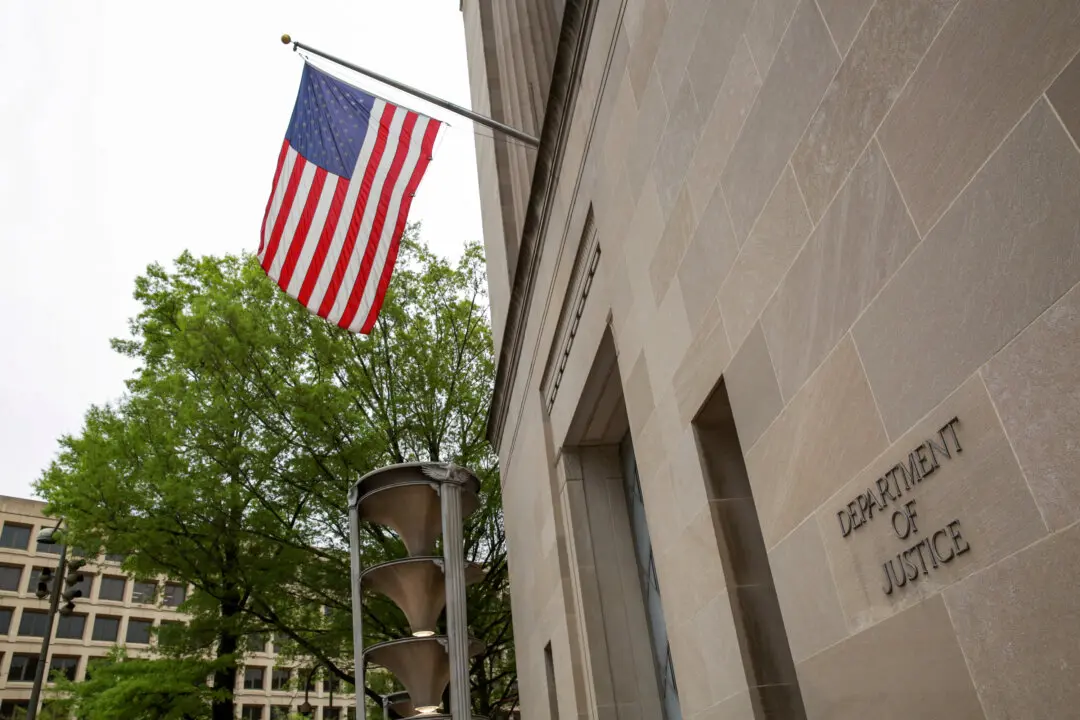The Trump administration has petitioned the U.S. Supreme Court to quash provisions of a California “sanctuary” law that limits the cooperation between state and local law enforcement and federal immigration agents.
The lawsuit, which began in 2018, arrived at the high court after lower courts refused to enjoin several provisions of the California Values Act, or Senate Bill 54 (SB 54).




